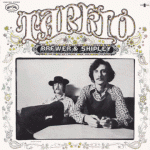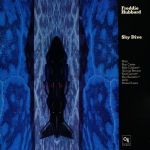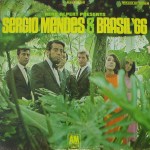More of the Music of Weather Report
Weather Report Albums We’ve Reviewed
What surprised us most about the dozen or so copies that we played years ago for this shootout was how wrong most copies of this album sound. They’re SOUR in the midrange. On this kind of music, a sour midrange is the kiss of death.
Those copies that aren’t sour are frequently just plain dull. On a recording like this, so full of percussion — which, to be honest, LIVES OR DIES on the quality of its percussion — dullness is devastating.
And so is slowness. If you have old school tube equipment — great for vintage RVG recordings but way too slow to keep up with this fast-paced and percussion-heavy music — this record is not going to do what it desperately wants to do: get your feet tappin’.
Smear is also another thing to watch out for — smear kills what’s good about this record. The percussion transients lose their snap and the harmonics get lost. The less smeary sides really bring out the funky magic of the recording.









 More of the Music of Sergio Mendes and Brasil ’66
More of the Music of Sergio Mendes and Brasil ’66 More of the Music of Dave Brubeck
More of the Music of Dave Brubeck
